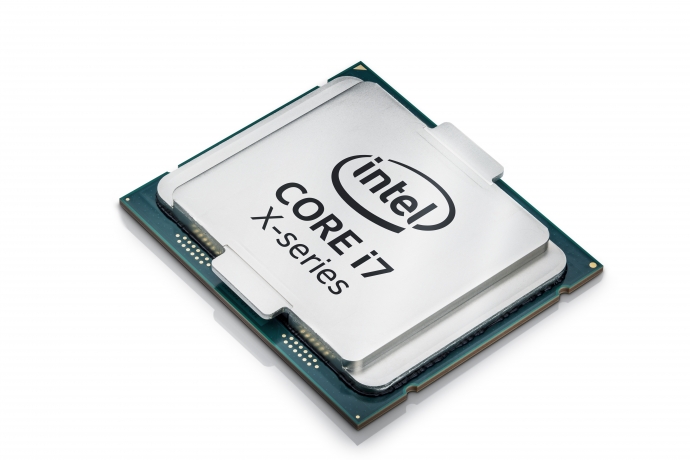Last year, chip-giant Intel (INTC -0.13%) introduced a new line of high-end desktop processors, commonly referred to by its code name Skylake-X. The Skylake-X parts offered improved processor cores and more of them for the same price relative to their predecessors, known as Broadwell-E.
Unfortunately, the Skylake-X launch was far from perfect. The processors proved to be quite power hungry relative to their predecessors, and the chips ran much hotter than their predecessors, thanks to a change in the packaging design of the chips. On top of that, Intel made a dramatic change in Skylake-X's design compared to Broadwell-E's that benefits data center applications, but proved to have a detrimental effect on performance in some consumer applications, like games.

Image source: Intel.
Sometime in the second half of this year, Intel is expected to introduce the successor to Skylake-X for the high-end desktop market, known as Cascade Lake-X, which, like Skylake-X, should be derived from its data center-oriented counterpart, known as Cascade Lake-SP.
This means that the Cascade Lake-X chips should run at higher frequencies than their Skylake-X counterpart, thanks to design optimizations, as well as manufacturing-technology improvements. They should also be more power efficient.
Here are two things that I'd like to see Intel deliver with Cascade Lake-X when the processor family launches later this year.
1. Better packaging/thermals
The Skylake-X processors were plagued by poor thermals, caused largely by the poor packaging that I mentioned above. This is a shame because the actual chips would've been capable of so much more had the packaging not held them back.
To that end, I'd like to see Intel improve -- hopefully, substantially -- the packaging and ultimately thermal characteristics of Cascade Lake-X compared to Skylake-X. If Intel can do this, it'll have a much more appealing product for enthusiasts, and it should enjoy the added benefit of being able to run the chips at higher frequencies out of the box, which will improve the marketability of the chips.
2. More cores for the money
With Skylake-X, Intel delivered a substantial increase in the number of processor cores it offered for the money. For some context, the prior-generation Broadwell-E chip came with up to 10 cores and cost $1,723. The top Skylake-X part comes with 18 cores for $1,999, each of which is superior to the ones found on Broadwell-E. The 10-core Skylake-X costs around $999.
For Intel to dramatically improve the value proposition of Cascade Lake-X compared to Skylake-X, the company will need to further boost the number of cores it offers per dollar.
The current Skylake-X lineup consists of six, eight, 10, 12, 14, 16, and 18 core models. It would probably be prudent for Intel to eliminate the six-core model from the lineup entirely, and a case easily could be made for eliminating the eight-core model, as well, given that Intel will be bringing an eight-core Coffee Lake part to its cheaper mainstream desktop platforms.
If Intel were to offer the 10-core part at, say, $599, and then go up to, perhaps, $1,499 for the 18-core part, then the Cascade Lake-X lineup would be a lot more compelling than the current Skylake-X lineup.
Foolish bottom line
Ultimately, Intel's high-end desktop parts make up a small part of its enthusiast desktop-processor shipments, but if the company can improve the value proposition of this line of products, more enthusiasts could choose the high-end desktop parts over the cheaper mainstream desktop parts.
Customers increasingly opting for high-end desktop parts would mean higher average selling prices -- which means revenue and profit for the company's personal computer chip business -- so it's in Intel's best interest to get aggressive here.





